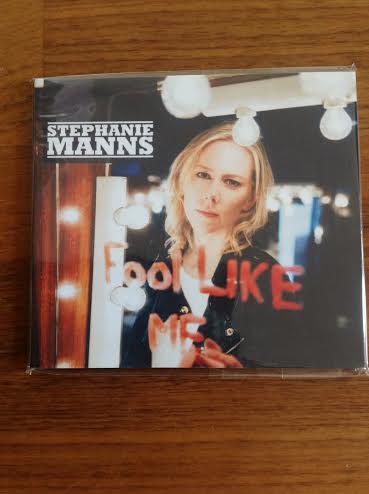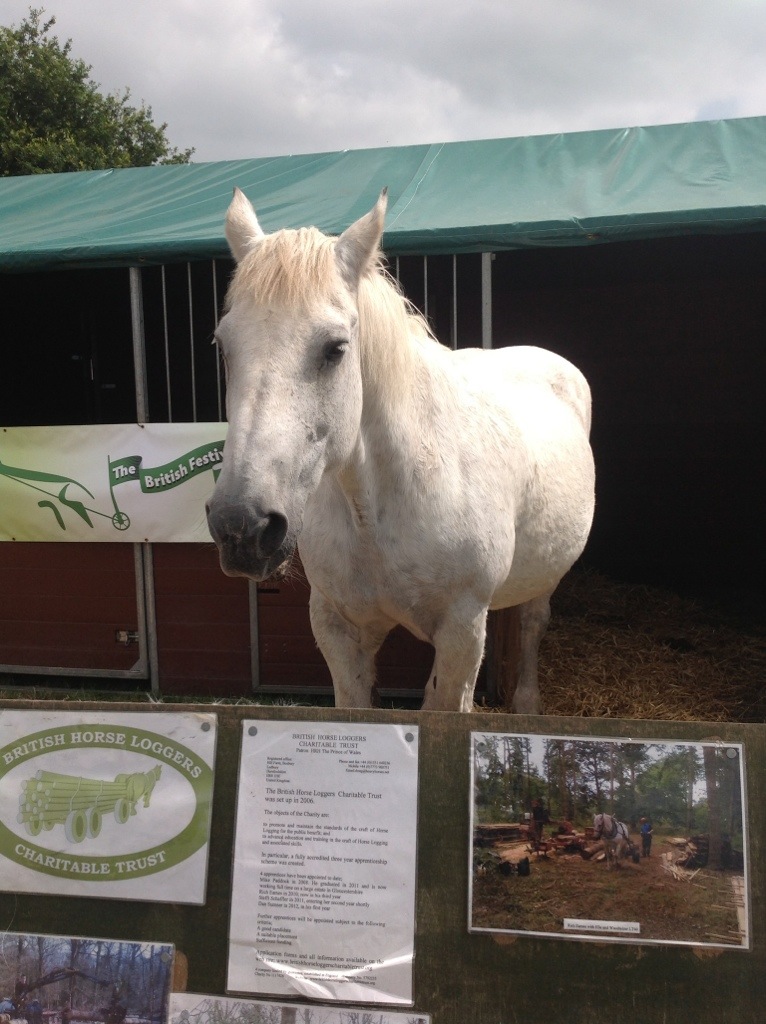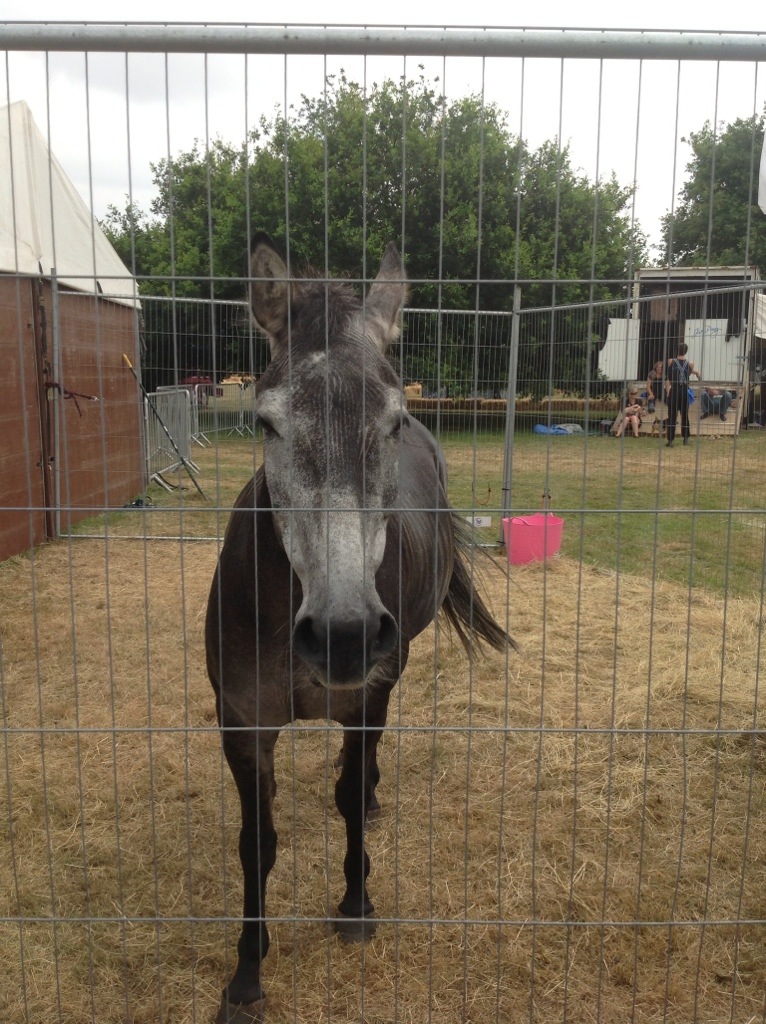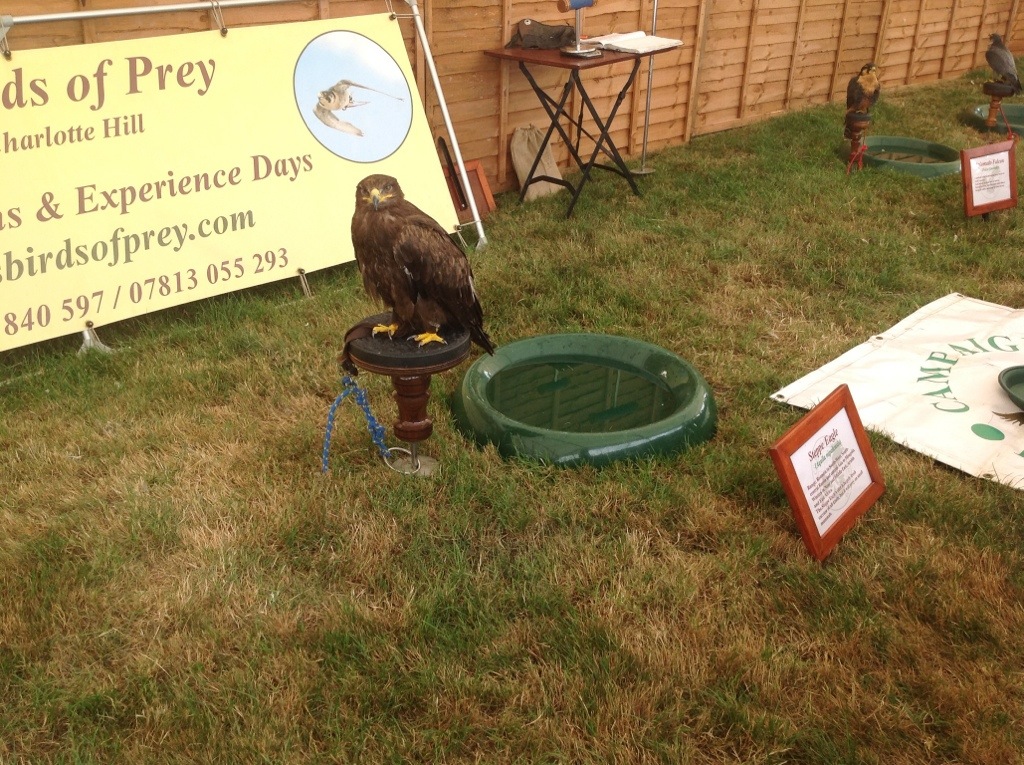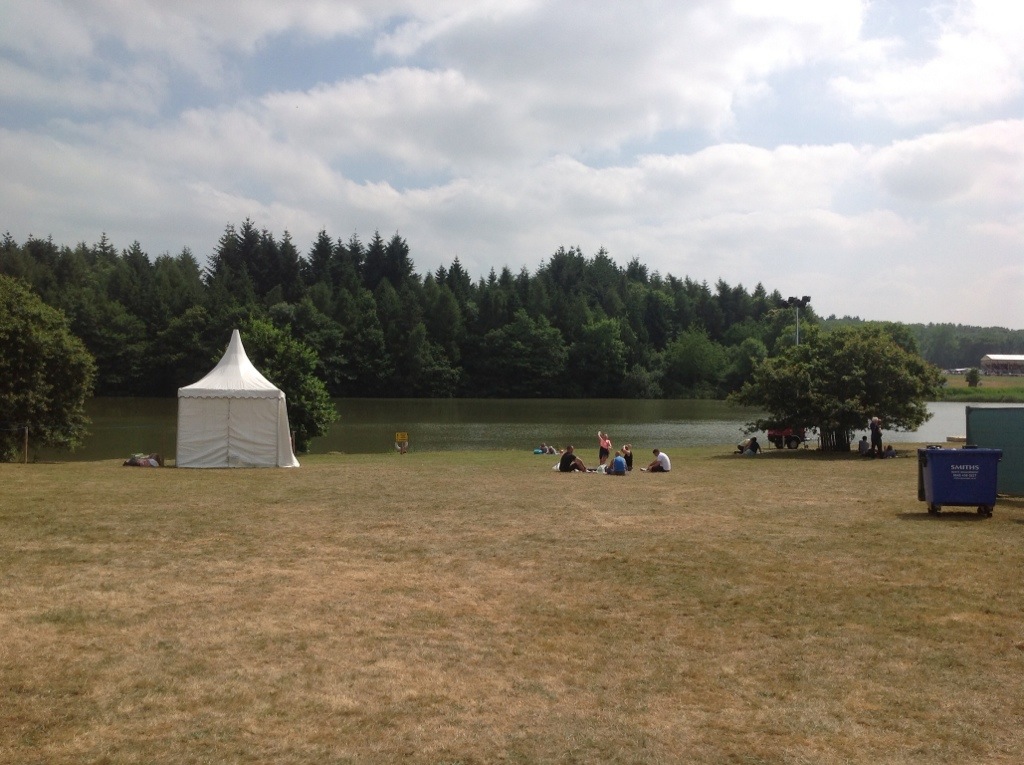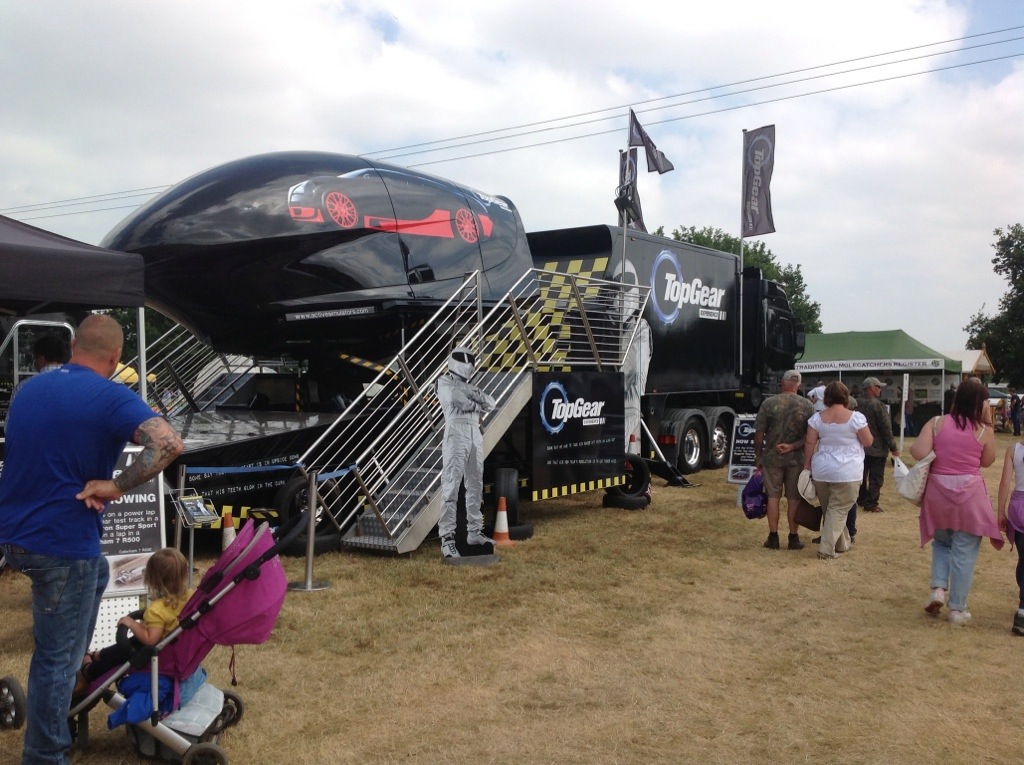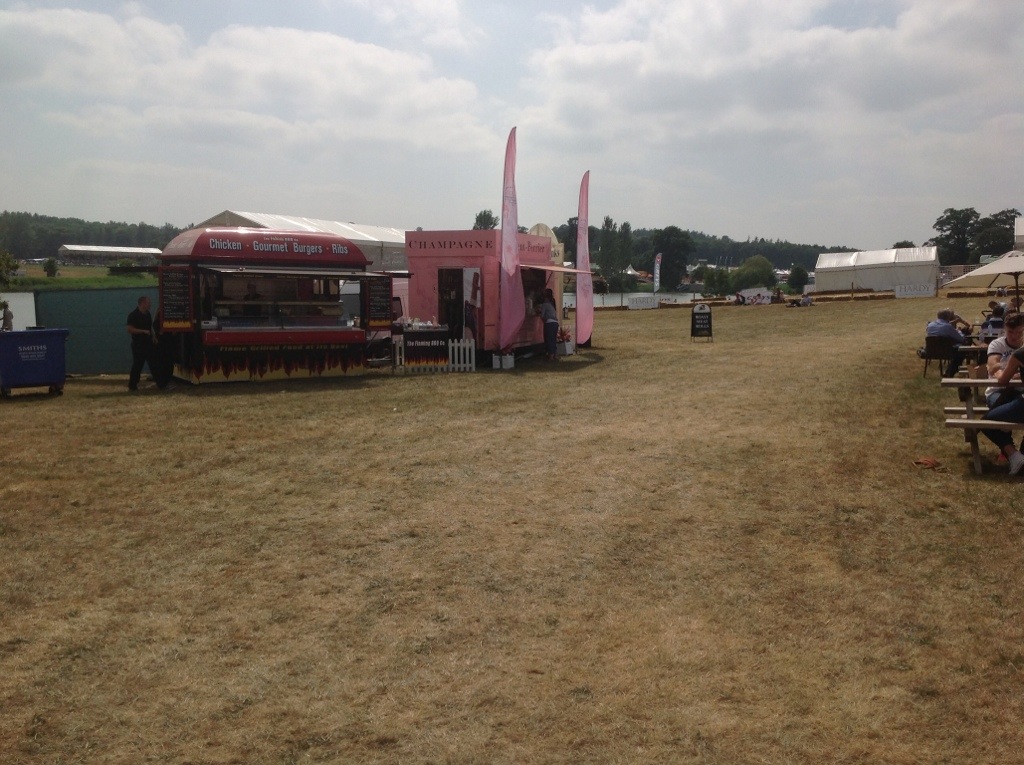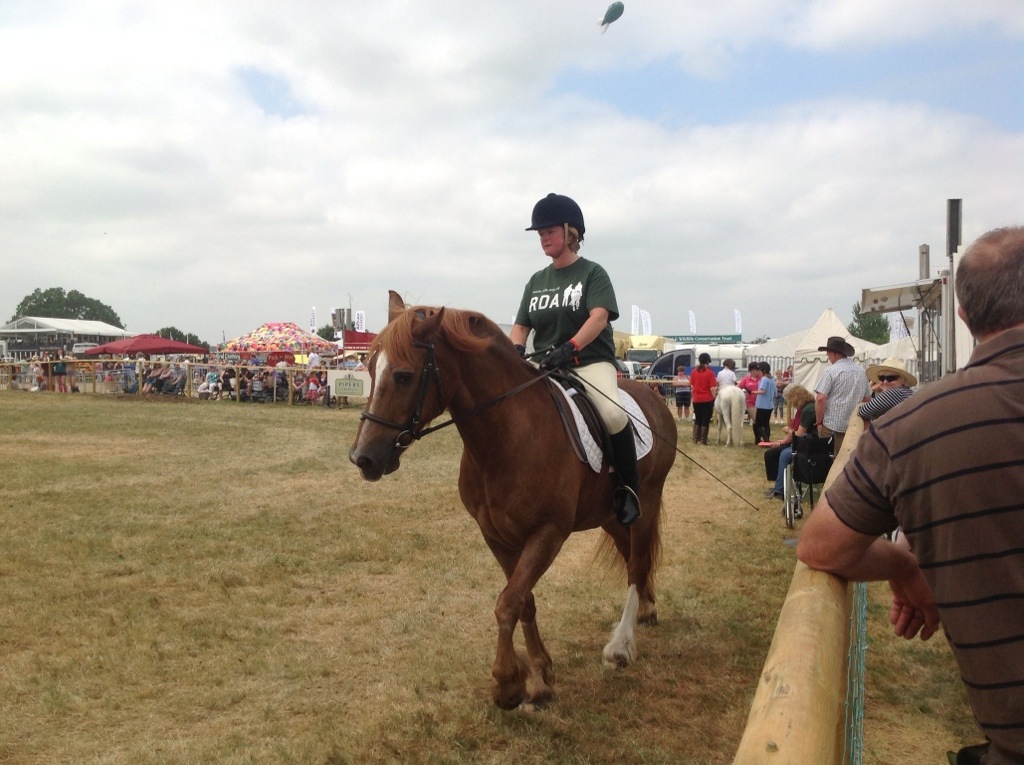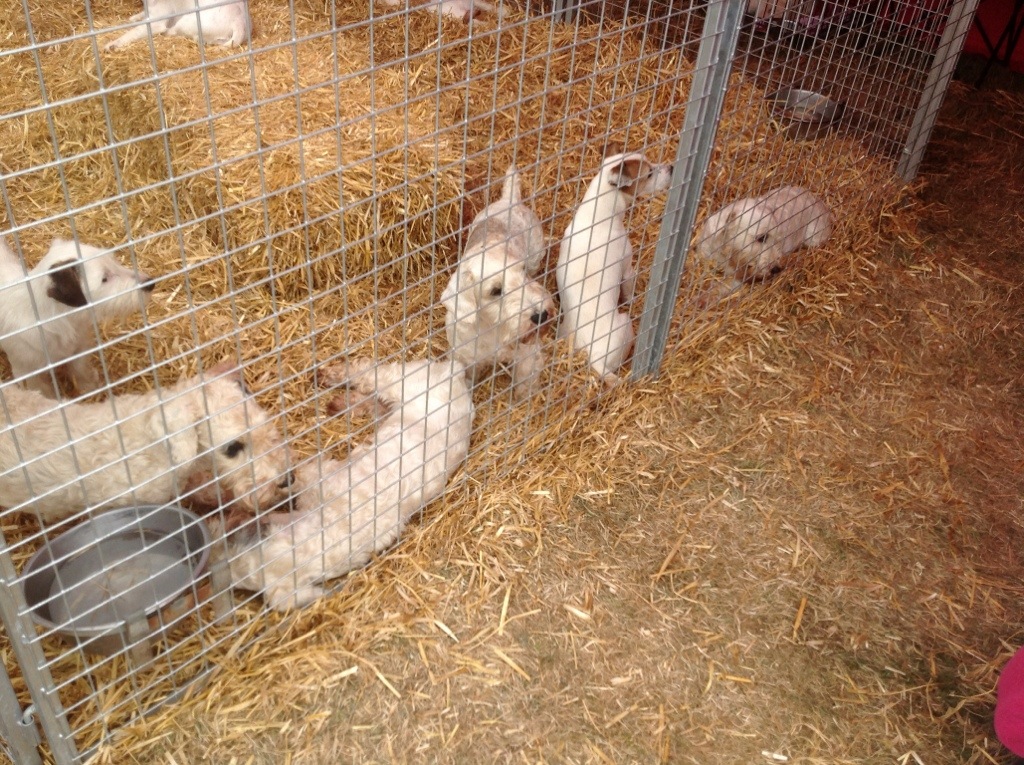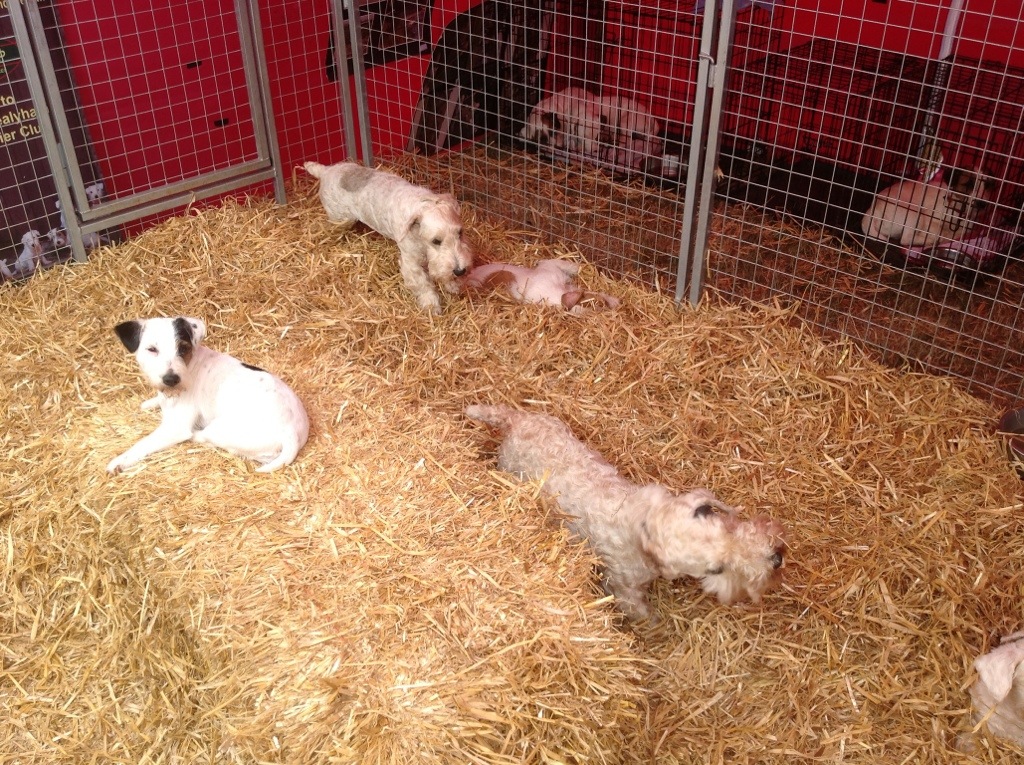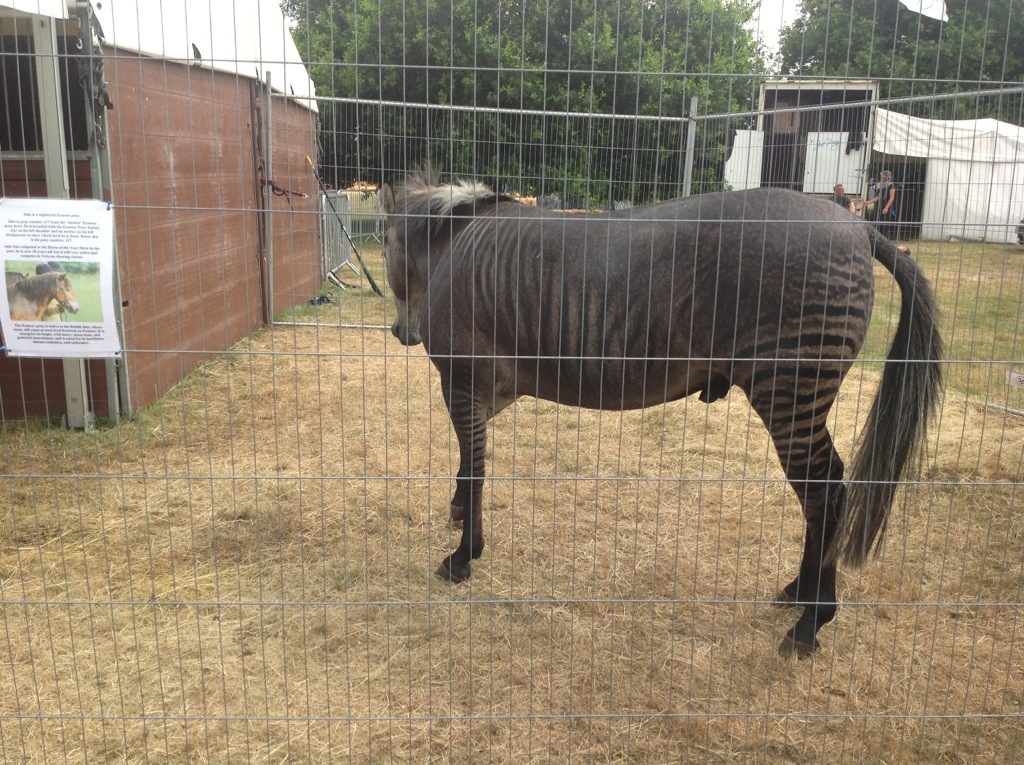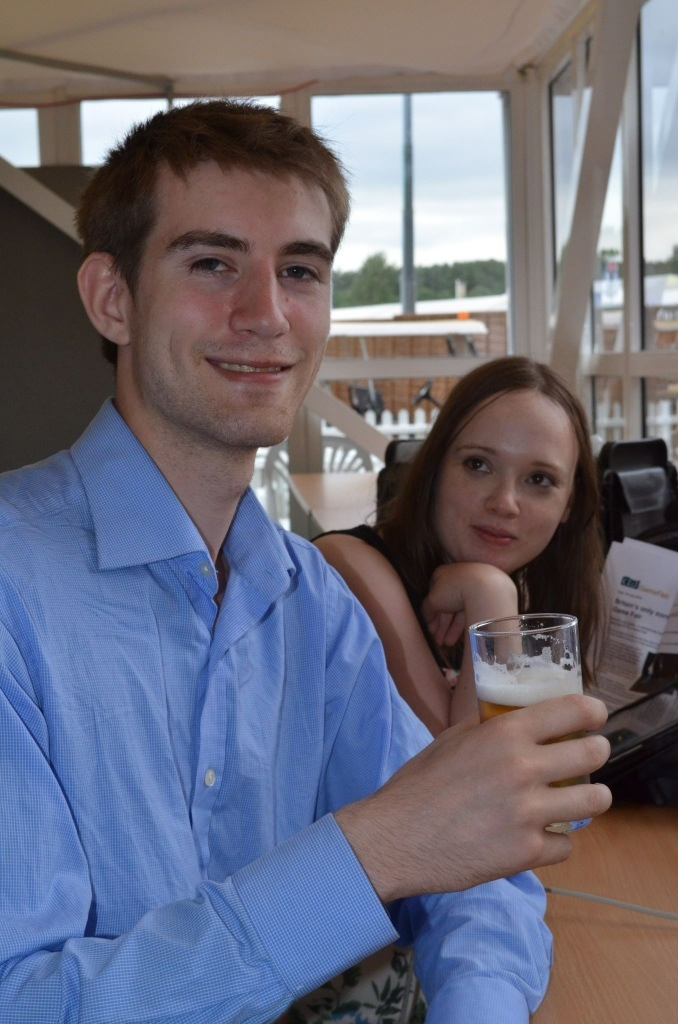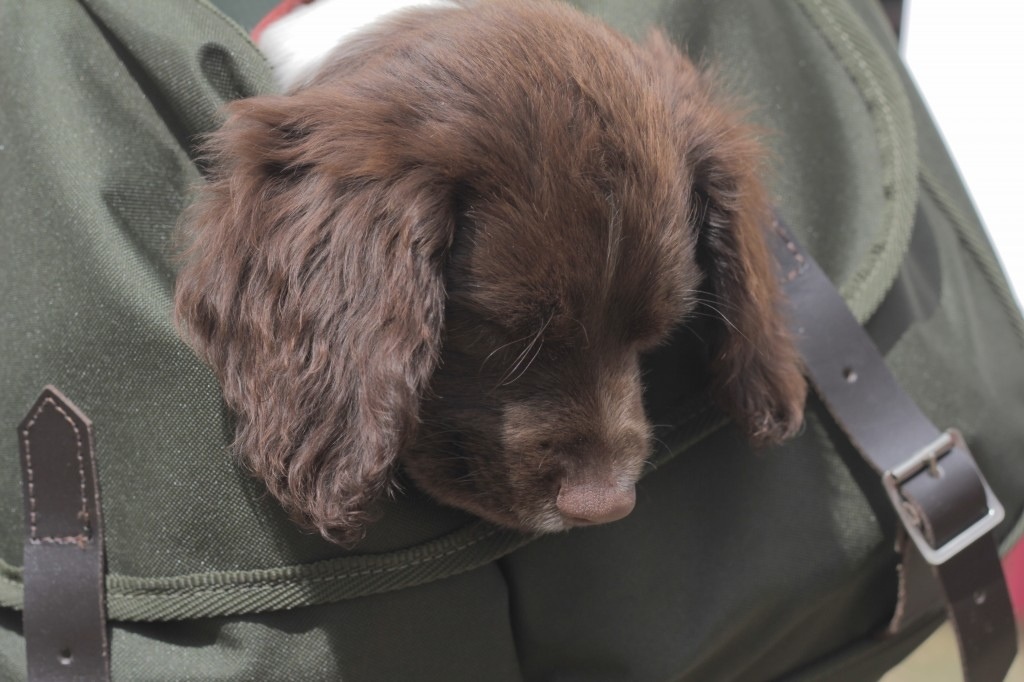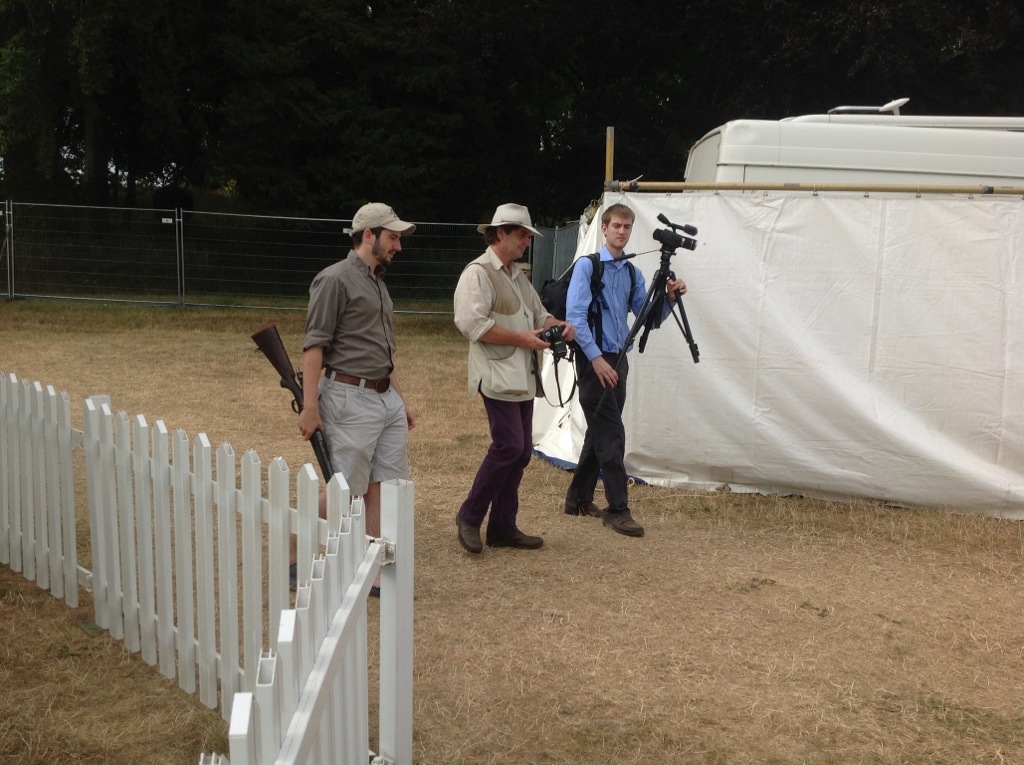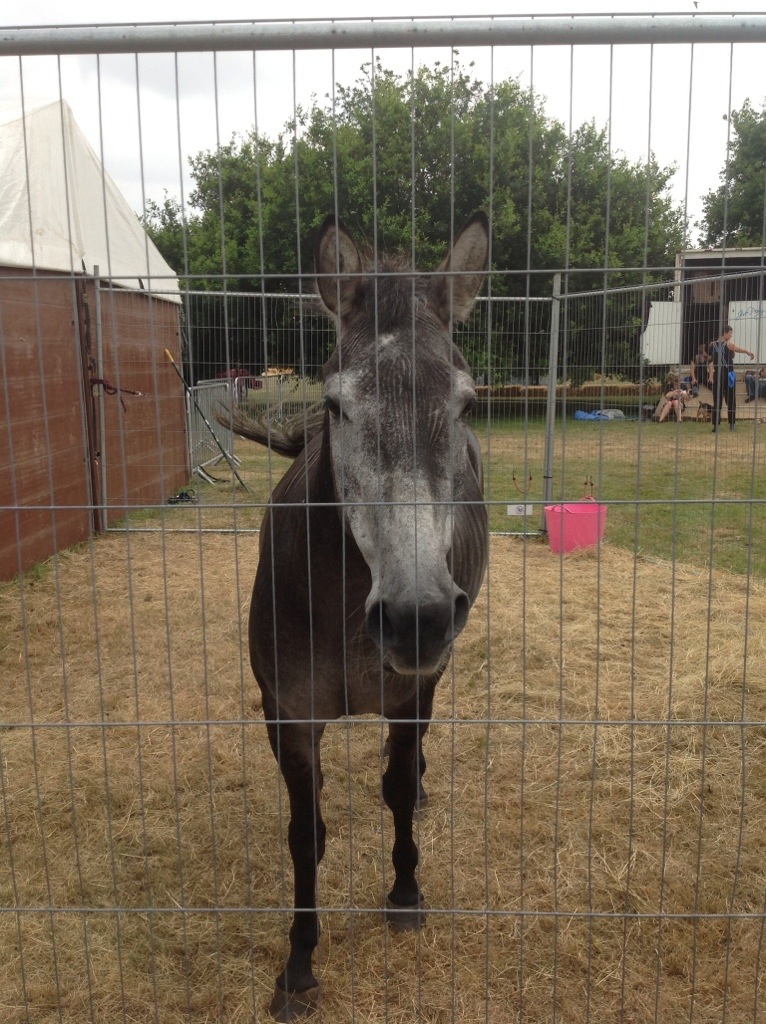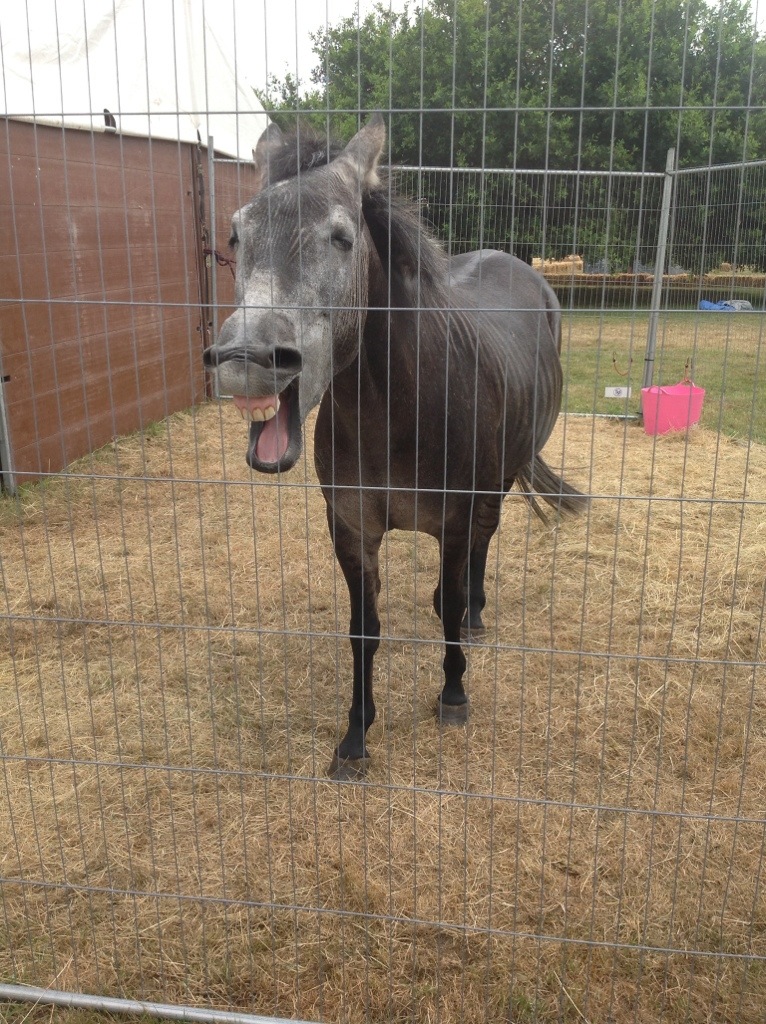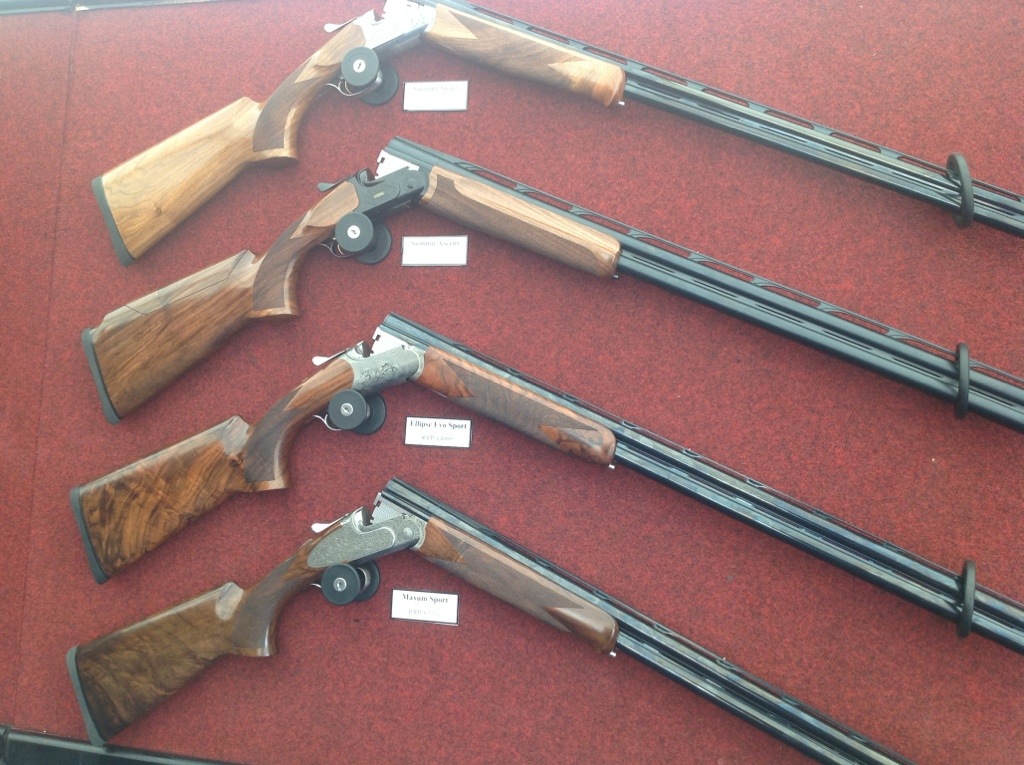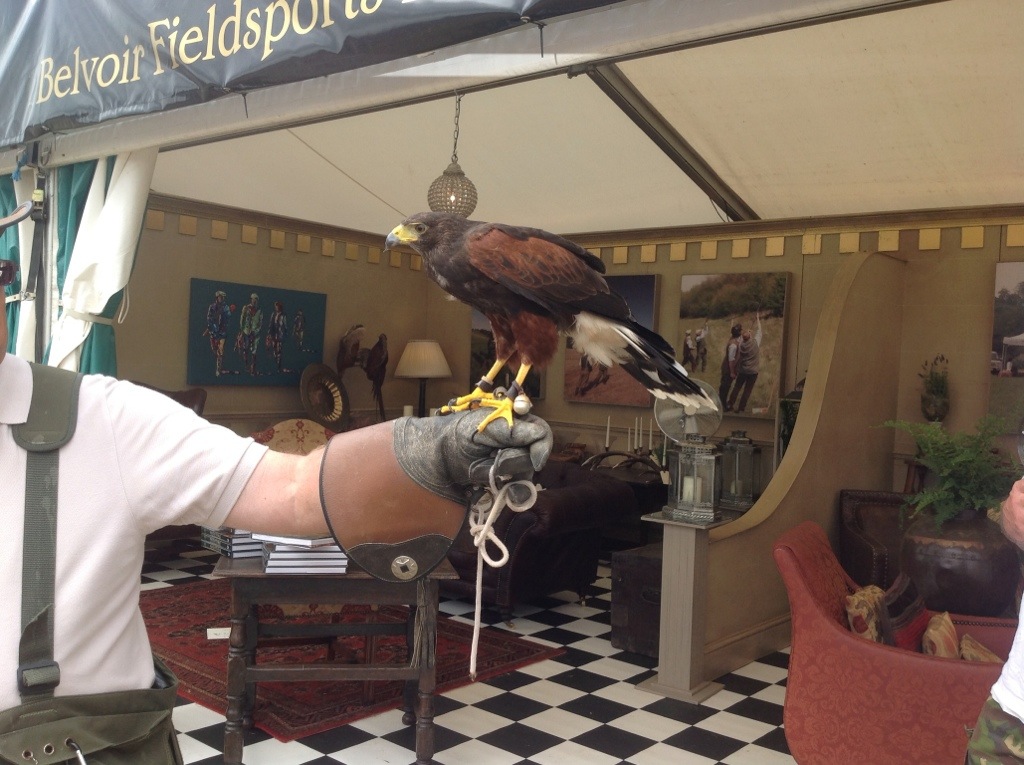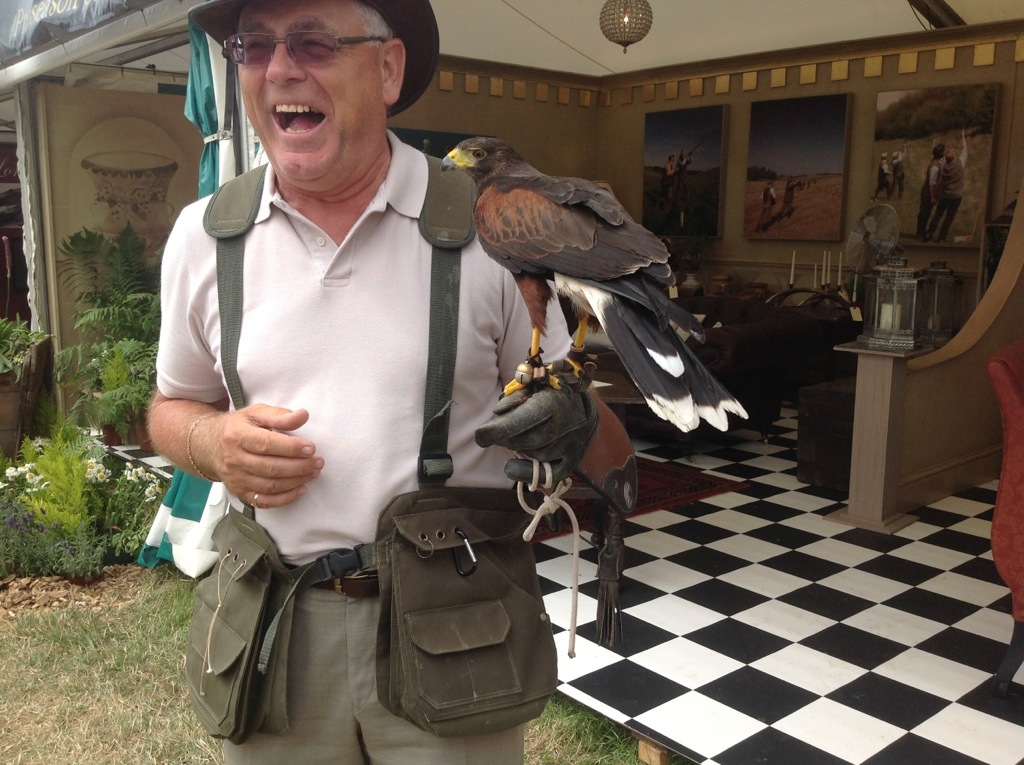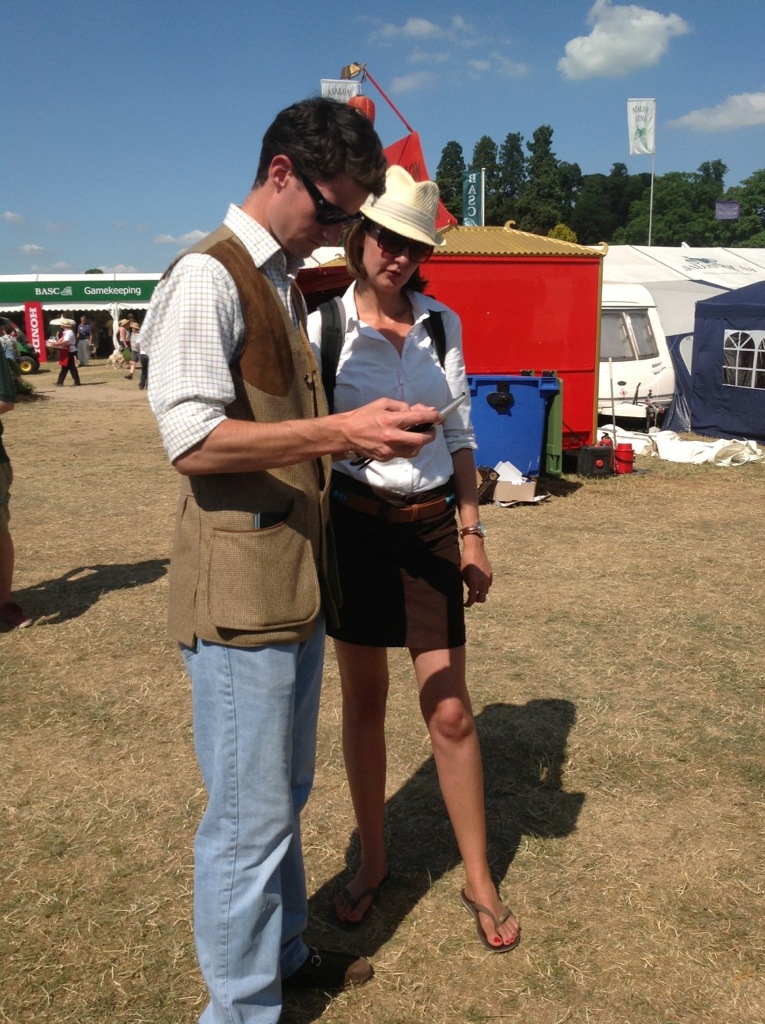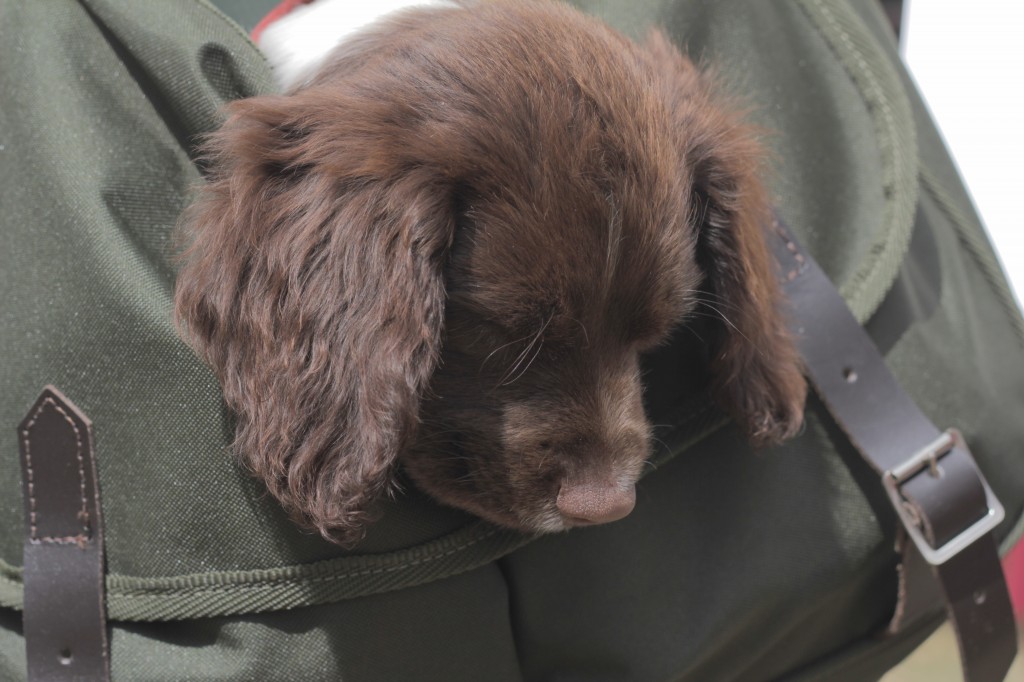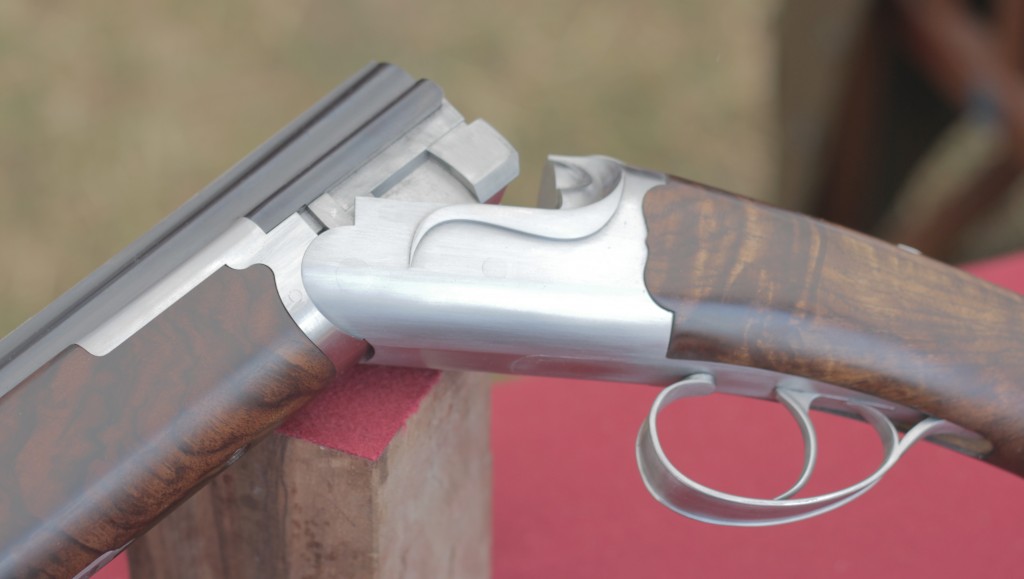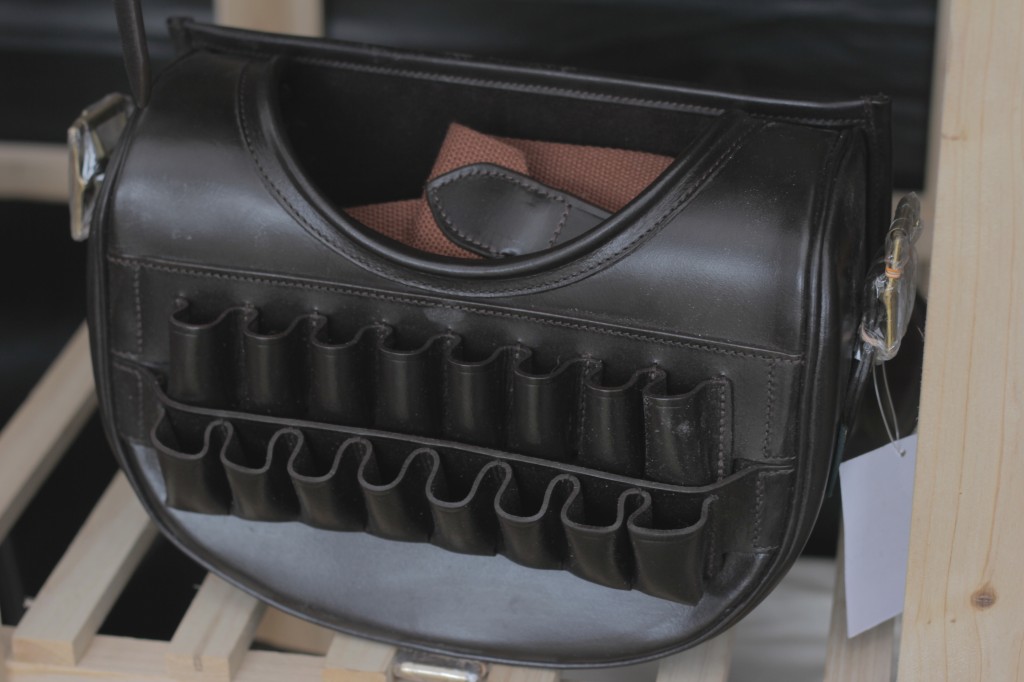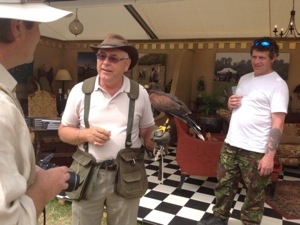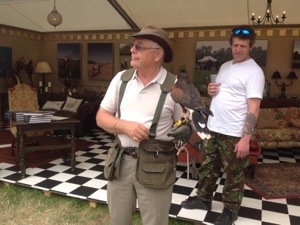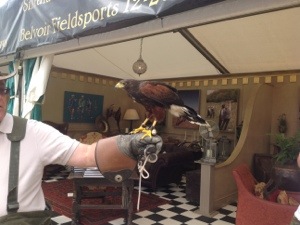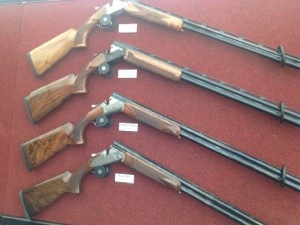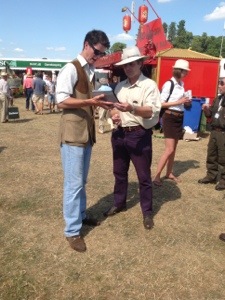Is it one of the most sought-after invitations in the shooting calendar? The crème de la crème of shotgun shooting? Yes, it probably is – whether on the Glorious Twelfth itself or later in the season.
Is it the moorlands in August? The never-ending variety of shots to be made for a successful day? The challenge and the exhilaration of a left and right grouse? It is all of these and more.
Shooting grouse is different on many levels.
Altitude for one. You may well be around 1500 feet above sea level on a remote moor, a world away from the everyday concrete, tarmac and glass that surrounds so much of our lives. The red grouse, delightfully named Lagopus lagopus scoticus, unique to the British Isles, favours a habitat 1000 to 2000 feet up on moors that can be a challenge for a shooting party to reach en masse.
Driven grouse was believed to have been started in Yorkshire back in the early 19th century and records show that up on Blubberhouse Moor, between Skipton and Harrogate, a bag of 1070 was shot single-handed by Lord Walsingham on 30 August 1888. He later went on to file bankruptcy as his shooting expenditure and hospitality exceeded his income by an ever-increasing margin. In today’s economic climate, that bag would have cost the Lord around £80,000.
Good heather equals good grouse shooting. It’s a fact. From the Pennines to eastern Scotland and the uplands of eastern Ireland, the plant Calluna vulgaris forms the rich soil territories enjoyed by the cock birds to protect and raise their wild families. The territories can be small and increase the grouse population when the heather is good. Burning helps and there is original research that found that correct heather burning was 80% of moor management in providing regeneration of the heather and ‘grouse houses’. Nowadays, we also need to concentrate on vermin control, grit supply, appropriate drainage and good shooting.
Good grouse shooting starts with preparation. The 4×4 vehicles will get you most of the way to a butt, yet the chances are you will need to stride across the heather to your allotted stand without seeing where your foot falls and having to raise your knees high on each stride. Down the hill, it was warm and balmy. Up on the top, it’s breezy and fresh so ensure your clothing is layered and able to cope with a variety of conditions.
Keep the colour of your outfits toned to the terrain. Grouse have pretty good eyesight and you do not want to send them off away from your position.
On colour, let your eyes adjust to the light and the rich deep subtle tones of the moorland. An attraction of this type of shooting is the location and the marvellous scenery. And with that attraction begins the complications and challenges associated with shooting grouse. Range judging for one. Shooting pheasant and partridge from a well-devised peg location usually brings with it an easy identifiable marker point, be it a tree or a hedgerow.
Up on the moors, there is not that type of luxury. When you are at your butt and ensuring you have the time before shooting starts (the beaters could be a mile or two away) pace out 25 and 40 yards from your butt and establish some visual markers of your own at ground level like a distinguishable clump of heather or an outcrop, visible bedrock.
Getting your bearings is paramount, the beaters line, and the location of your fellow guns. Moorland butts can be positioned where you can be significantly below or very high above the adjacent butt.
Safety in a grouse butt cannot be emphasised strongly enough. A line of butts can curve and not be in a straight line. There is often the opportunity to shoot ‘going away’ after a turn through the line. This turn must be performed with the stock out of the shoulder and the muzzles facing skyward. Be cognisant of any pickers up behind the line and if you have a loader, practice your positioning before the drive sends up the birds. Load with the gun sideways down to avoid closing the gun inside the butt.
Many grouse shooters I have coached, although experienced, still use light weight bamboo hinged poles on either side of the butt to control their arc of fire. The small hinges allow the poles to be broken down and inserted into an old barrel sleeve and be carried in a gun slip without any inconvenience. They also ensure that the turn for a ‘going away’ behind is always correctly executed.
Your eyes are adjusted to the light, your spatial awareness and depth perception is fine tuned (you know if a bird’s trajectory is going over THAT rock, it’s 40 yards and in range seconds later.)
Fractions of a second later actually, as our tough indigenous red grouse can travel at up to 85 mph with a following wind and having survived disease, numerous predators and rather inclement weather conditions, they are wholly prepared to zip past you to avoid getting shot and rushed off to a kitchen either at your home or a fine restaurant.
Grouse can follow the contours of a moor at great speed in the style of a tactical fighter jet. They will be low and could surprise you. The covey can take different directions all at once. Some break off left, some straight, but you are ready, muzzles forward, eyes focussed (over your barrels). Now pick your bird, just one. The adrenalin surges, but you concentrate on that one grouse. You will employ a smooth yet rapid mount, one piece movement to ‘in front’, fire, only then look for another bird. Many misses are caused by looking at one bird, but shooting at another. Compartmentalise. Visually divide up the covey and your shots will bring better results.
Because of the open nature of the terrain, the wind effect is more than in a valley looking up for pheasants. You will need to swing fast on birds flying downwind and it is easier to achieve than on an upwind target.
There is propensity to slow your swing on a upwind bird that appears to be moving a lot slower in the air, but you still have to get in front. Shooting the slower bird requires more conscious effort than a faster instinctive shot to a supersonic crosser.
Do not spoil your day by mounting the gun too early and ruminating on misses. As before, pick out your bird, eye over your barrels, move, and weight forward, be square to your kill, mount, and shoot in front.
If the bird is on the end of the barrels too long, the chances are you will not get ahead of it as you will track the target without the impetus to swing through and create the desired forward allowance.
And if you miss one, get it right on the next bird. Don’t ponder where you went wrong, get reloaded and carry on. Shooting grouse is a combination of fluidity and speed and trust in your own ability, hence it is neither for the faint-hearted nor for the overly analytical shooters.
Like a golfer playing down the last fairways of a major tournament, trusting his swing is paramount to success, so must a grouse shooter let his subconscious do the work as no amount of conscious calculation can assimilate the changes in pace of flight and direction that a grouse can achieve.
That is what driven grouse is about. The excitement, the adrenalin rush and the sheer sense of achievement as the first left and right goes down in the heather.
Walking-up grouse is much less expensive, yet has its merits. Six or eight guns and dogs can walk a line through the heather flushing going away and quartering targets. For some shooters, when the grouse are scarce, it can be deemed uneventful and when grouse are abundant, the line stops too often for picking up. However, just a few guns and some good al-purpose dogs is a marvellous way to roam the moors on a clear summers’ day.
I mention ‘all-purpose dogs’ to differentiate the more artistic shooting of grouse ‘over dogs’. A good pair of pointers or setters will hunt at speed covering the heather and when one scents a bird, it will stop on point in the direction of the birds.
The second dog, not having the scent, will ‘back’ the first dog, pointing to its tail, to ensure the guns can see the line and take a up position. The forward dog moves slowly toward the quarry and as soon as the bird rises, it will drop flat in the heather as the shot is taken.
I have seen this in the field with two Hungarian Vizslas, a truly remarkable operation. Of course, this style of shooting occurs with partridge and other quarry and the significant difference with Walking-up is the variety of shots that can be taken, crossing, sometimes even an overhead as the guns can position themselves according to the information the pointing dog is providing.
Majestic sport indeed – la crème de la crème of shooting for many of those who receive that gilt-edged invitation.
or on iTunes.com

